I am trying to render shapes on Google Maps (using V3 of the API), which contain the same shape, just smaller inside. Basically a box within a box or a polygon within a polygon.
For the rectangle I have the following code, which works:
var drawEdgesRectangle = function (shape) {
// shape is the original, parent rectangle
var NE, SW, childNE, childSW, padding, diagonal, inner;
// set padding constant to 1 (i.e. 1m distance all around)
padding = 1;
// get diagonal distance from corner
diagonal = Math.sqrt(2) * padding;
// get NE of parent
NE = shape.bounds.getNorthEast();
// get SW of parent
SW = shape.bounds.getSouthWest();
// get child NE, SW
childNE = google.maps.geometry.spherical.computeOffset(NE, diagonal, 225);
childSW = google.maps.geometry.spherical.computeOffset(SW, diagonal, 45);
// render inner shape
inner = new google.maps.Rectangle({
strokeColor: 'white',
strokeOpacity: 0.8,
strokeWeight: 1,
fillColor: 'black',
fillOpacity: 0.35,
map: map,
bounds: new google.maps.LatLngBounds(
childSW,
childNE
)
});
}
Of course, doing this for a polygon is a different kettle of fish. I know I can use getPaths() to get the attributes of each line, but working out how to place the inner lines, and indeed, work out where 'inside' is is proving to be conceptually quite difficult for me.
I would like to know if what I want to achieve is possible given the Google API.
